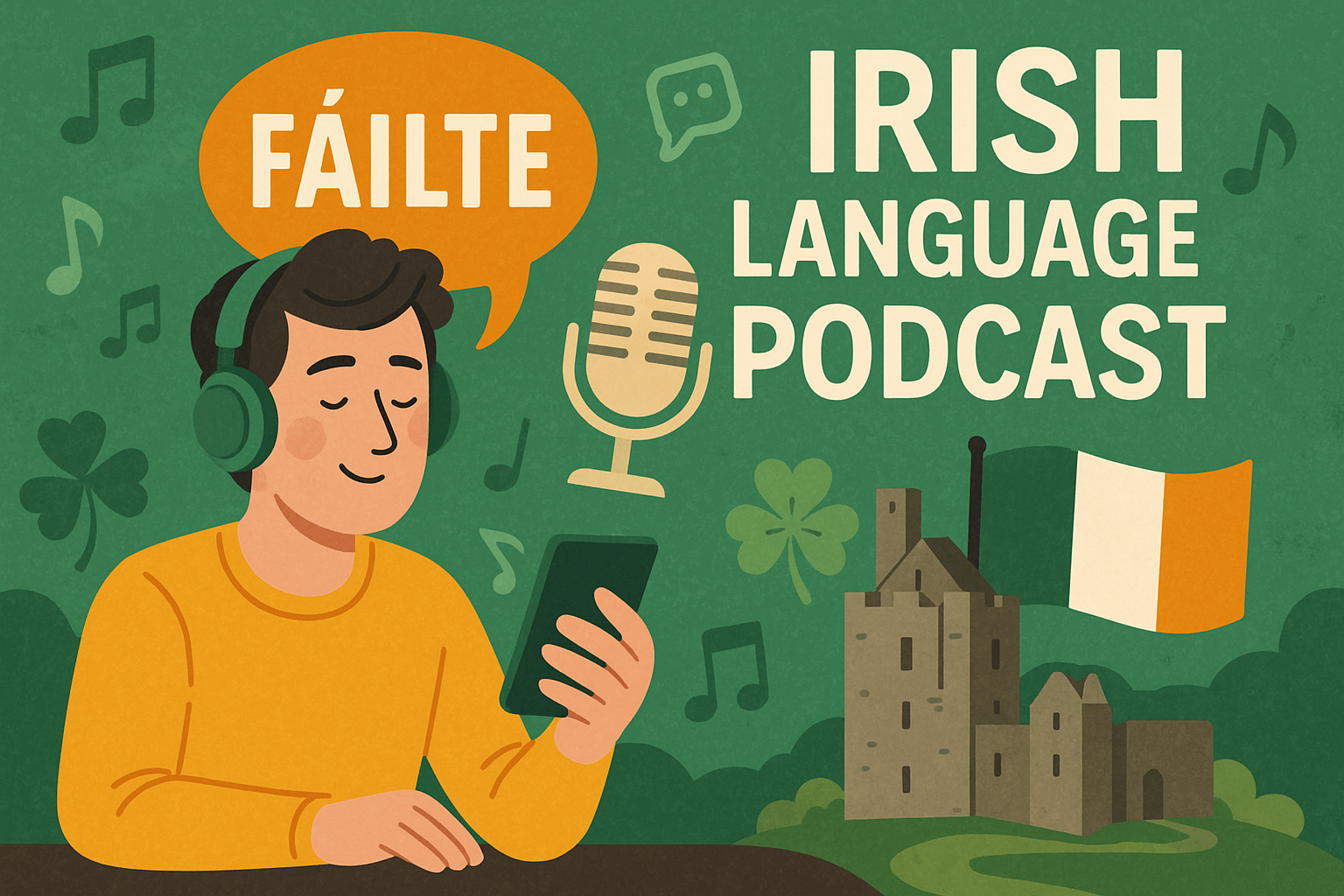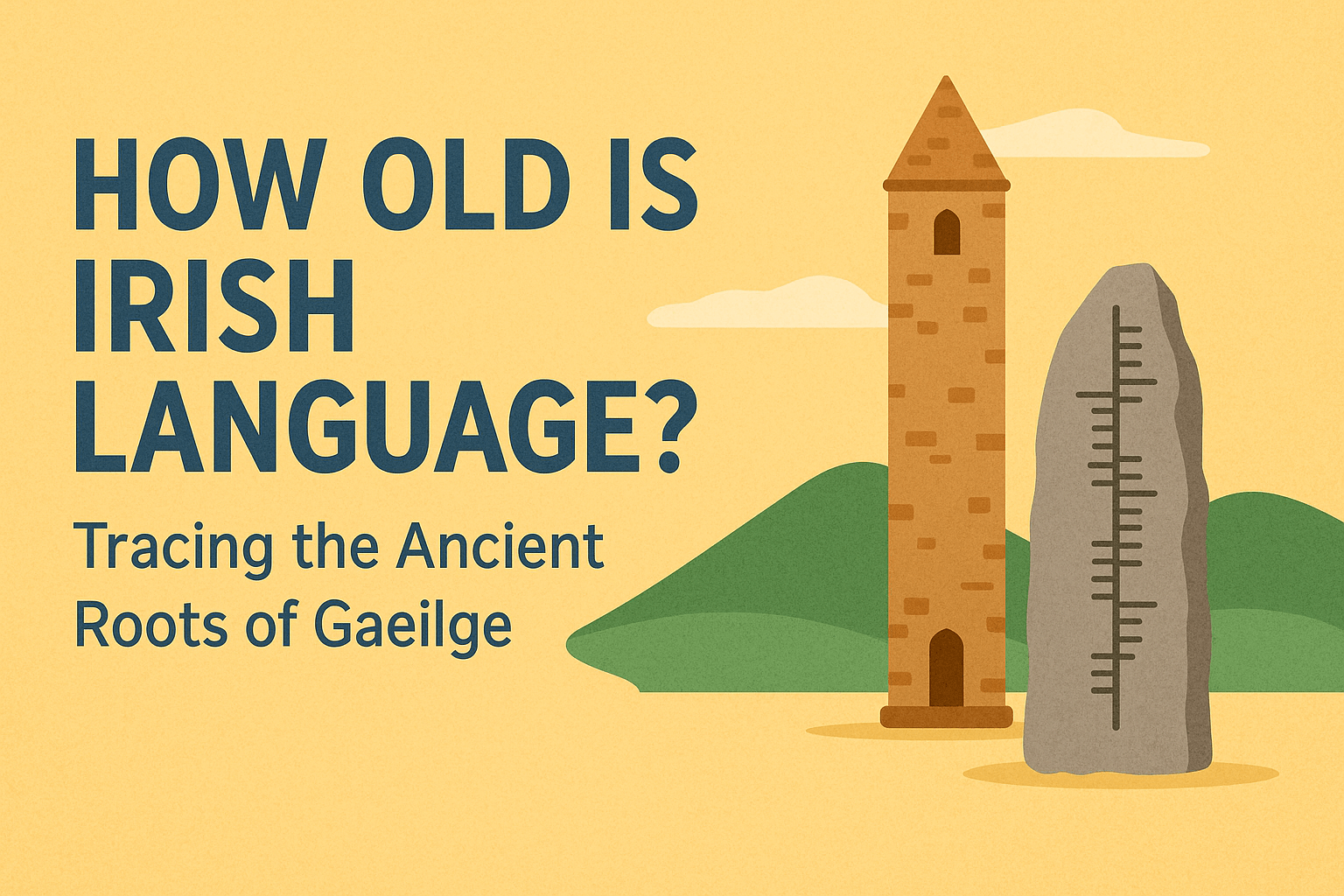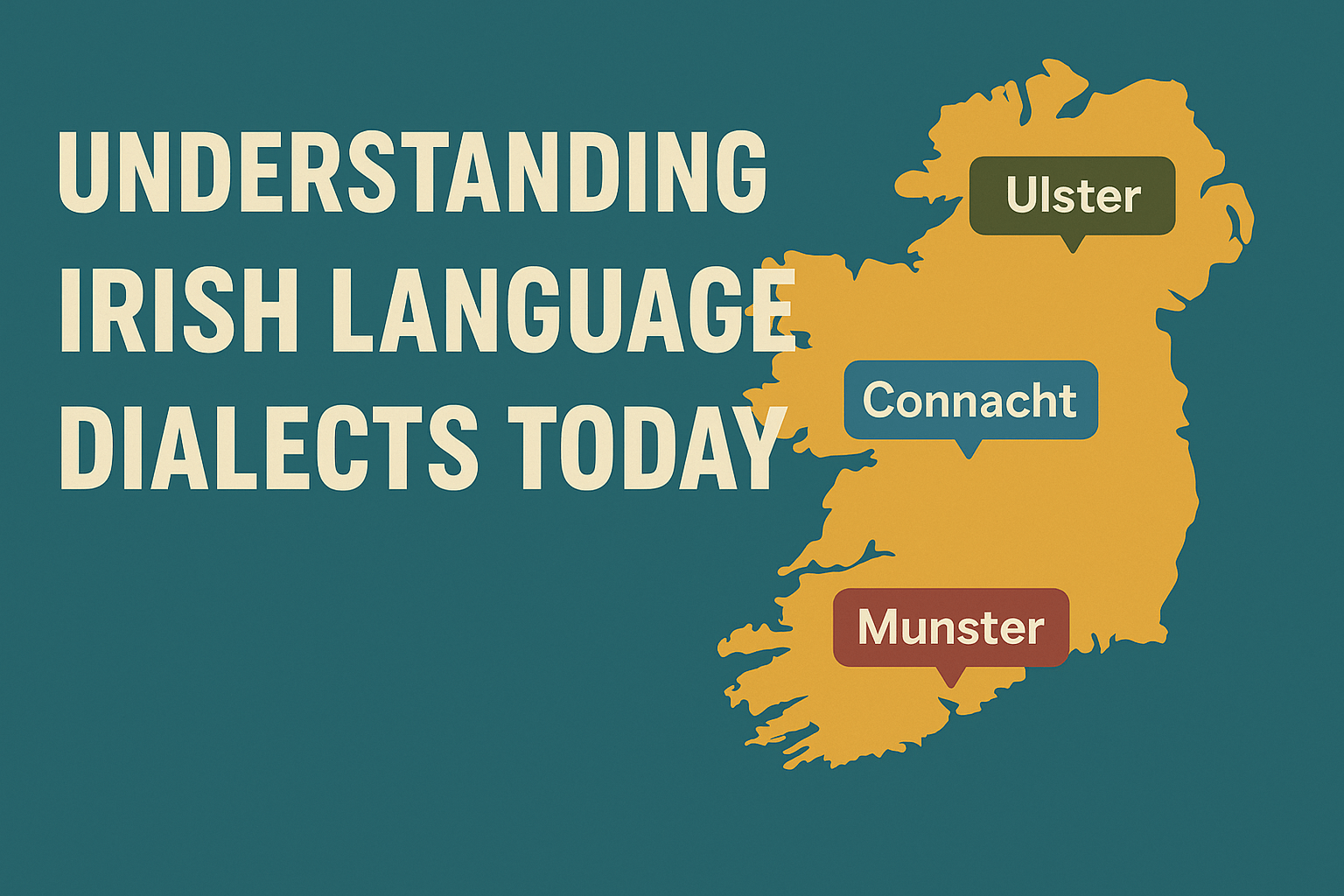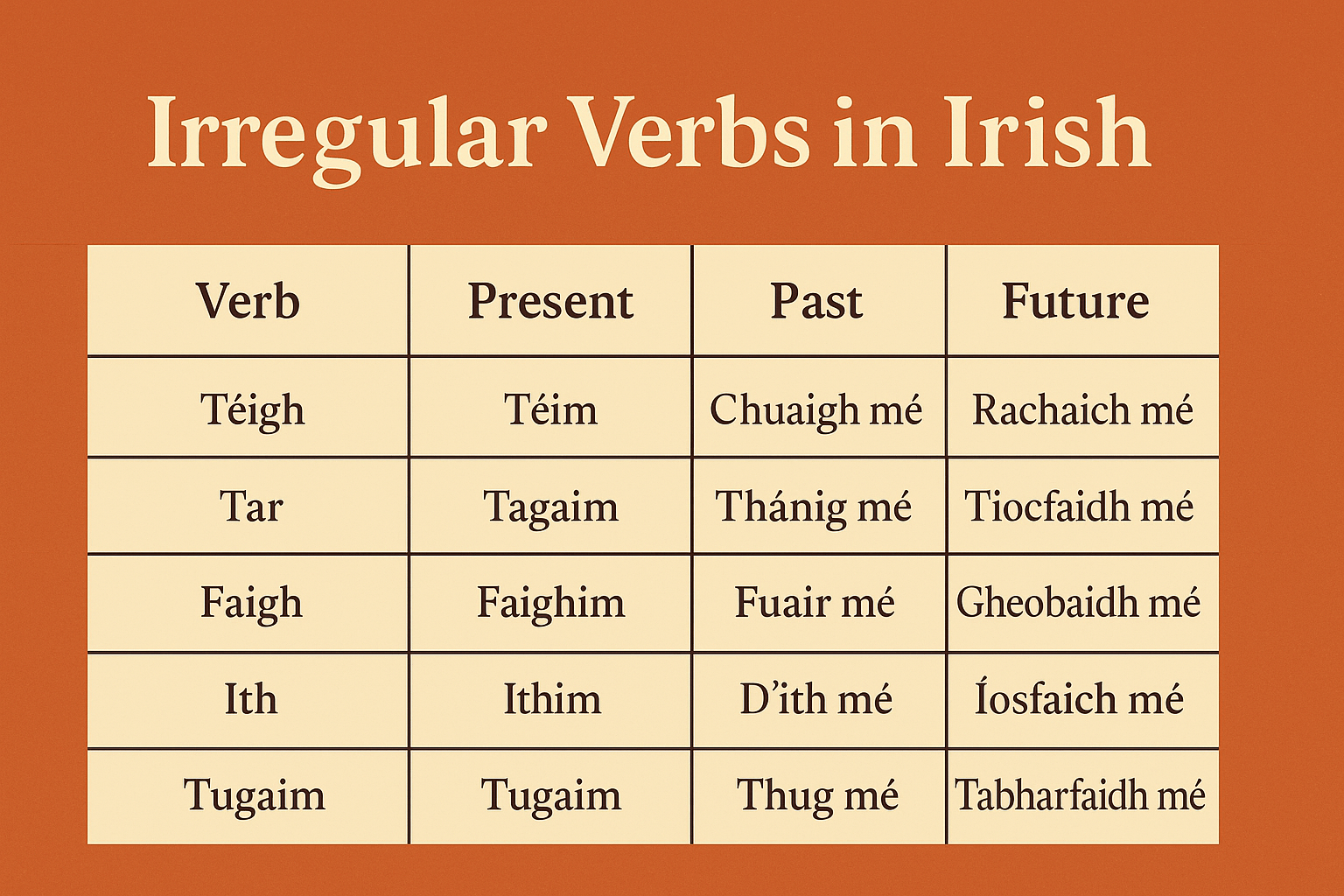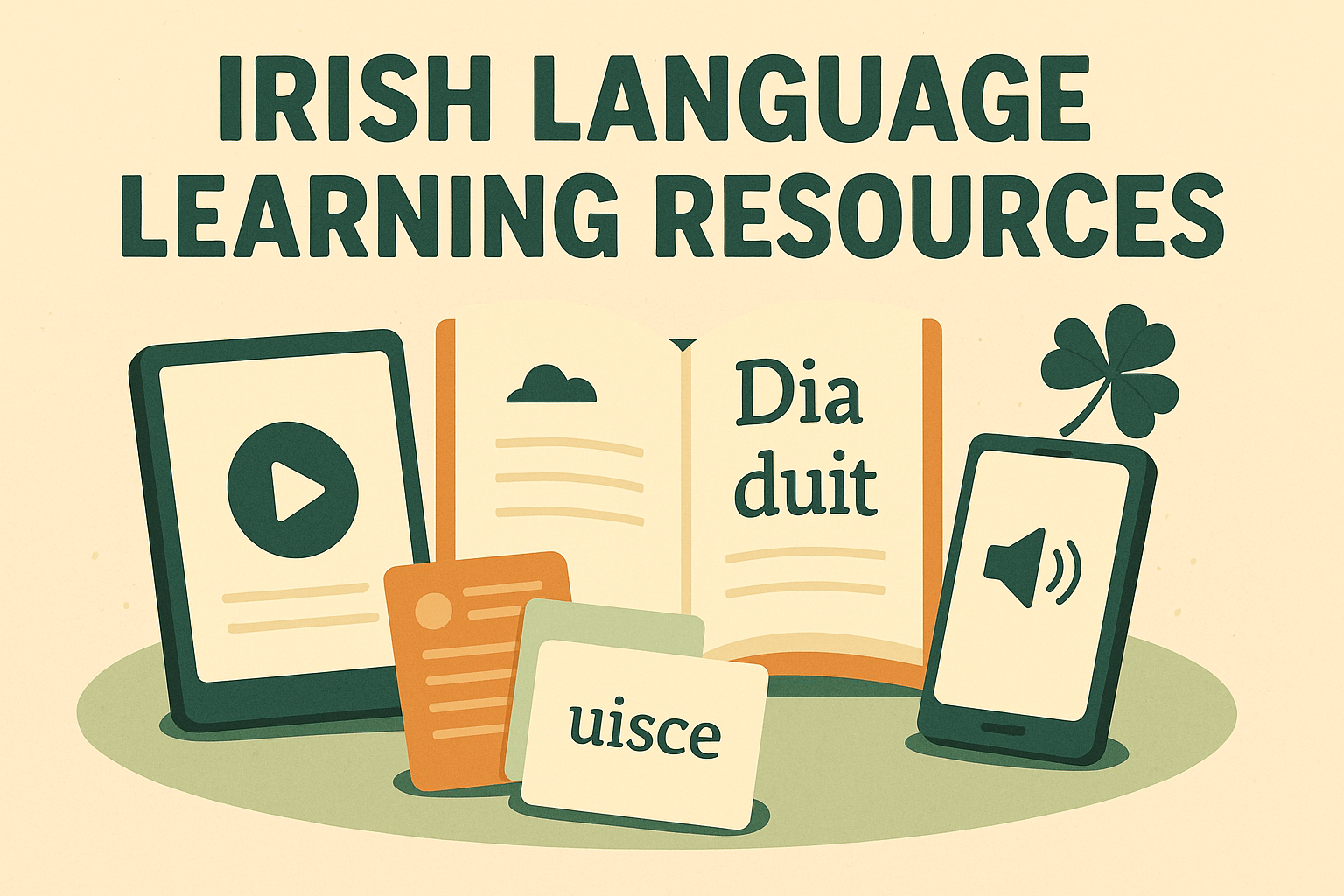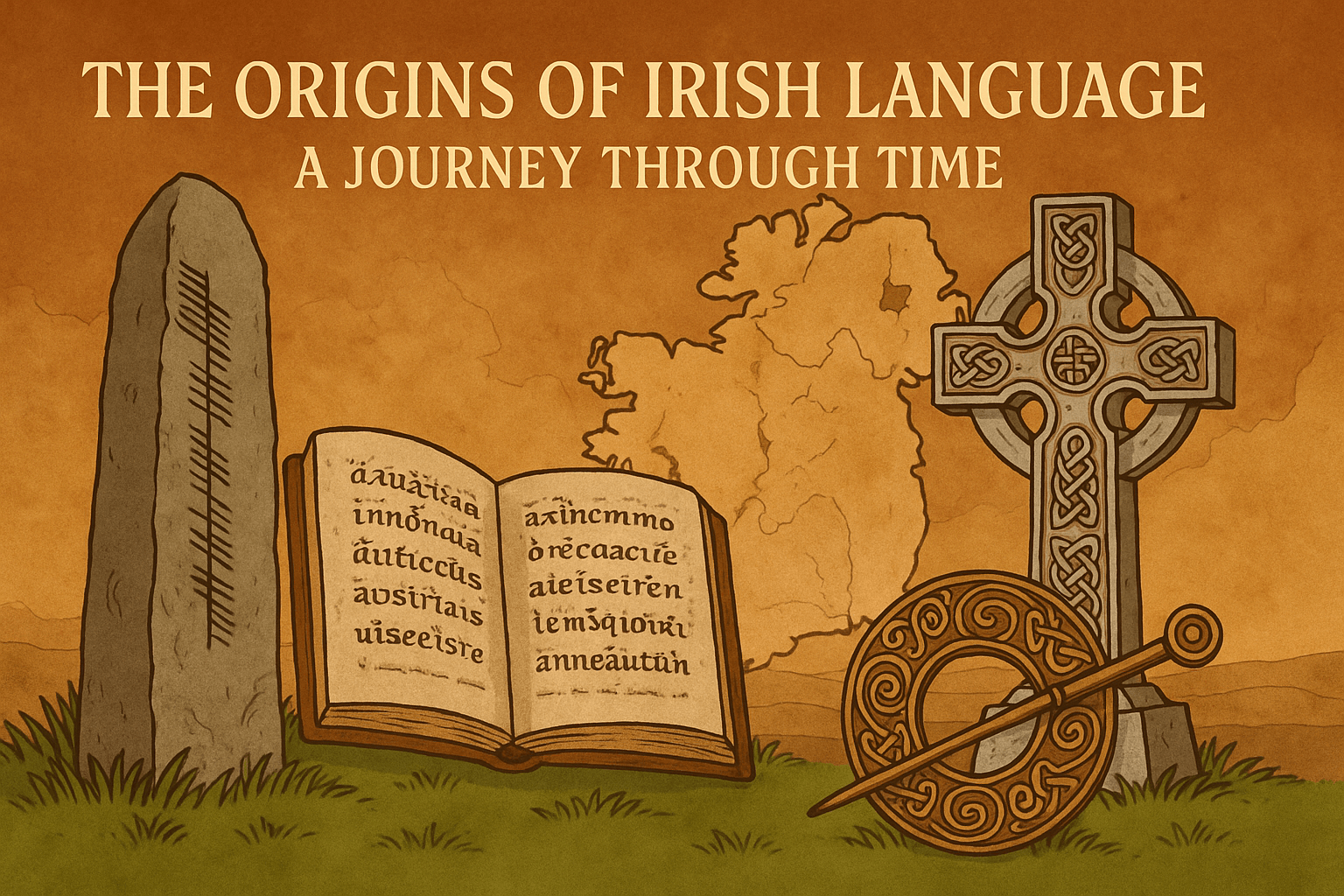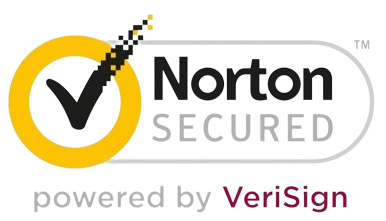In today’s fast-paced world, it’s never been easier—or more enjoyable—to immerse yourself in Gaeilge. Whether you’re commuting, walking the dog, or doing dishes, an Irish language podcast can be a powerful way to reinforce your learning. These audio experiences blend culture, conversation, and pronunciation practice in a way that textbooks simply can’t. But with so many options out there, how do you choose the right one?
This guide will walk you through the best Irish language podcasts, explain why podcasts are such a great tool for learners, and how you can integrate them into your language journey with Gaeilgeoir AI.
Why Use an Irish Language Podcast to Learn Gaeilge?
Podcasts are more than background noise—they’re a flexible and effective language-learning tool. Here’s why:
Benefits of Listening to Irish Language Podcasts:
- Natural Speech Exposure – Hear how Irish is spoken by natives and advanced speakers.
- Cultural Context – Many podcasts include historical and folklore content.
- Pronunciation Practice – Listening helps fine-tune your accent and intonation.
- Flexible Learning – Practice Irish during any part of your day, hands-free.
Whether you’re a beginner or an advanced learner, an Irish language podcast helps build fluency, vocabulary, and listening skills.
Best Irish Language Podcasts to Boost Your Skills
Below is a curated list of some of the most popular and learner-friendly Irish podcasts. They cover a variety of levels and topics—from everyday conversation to deep cultural insights.
1. Gaeilge Bheo
This lively podcast focuses on everyday conversation in Irish. The hosts use a friendly tone, perfect for beginners trying to grasp simple phrases and grammar structures.
Ideal for: A1–B1 learners
Highlight: Practical dialogues and cultural chats.
2. Blúiríní Béaloidis
Produced by the National Folklore Collection at UCD, this podcast explores Irish oral traditions, mythology, and storytelling—all in Irish.
Ideal for: Intermediate to advanced learners
Highlight: Cultural immersion and traditional language.
3. Beo ar Éigean (RTÉ)
Three women discuss life, pop culture, and current events in Irish. It’s a great way to hear informal, real-life Gaeilge.
Ideal for: B2–C1 learners
Highlight: Contemporary vocabulary and natural pace.
4. Motherfoclóir
A clever play on words, this podcast explores the Irish language’s quirks, politics, and pop culture relevance. While not entirely in Irish, it’s great for understanding the language in a modern context.
Ideal for: All levels
Highlight: Language politics, humor, and word origins.
5. An Saol Ó Dheas
Produced by Raidió na Gaeltachta, this podcast offers authentic Irish news, interviews, and lifestyle features—all through the lens of southern Gaeltacht life.
Ideal for: B2 and above
Highlight: Full Irish immersion with regional dialect flavor.
How to Make the Most of Your Irish Language Podcast Time
To maximize your learning, don’t just listen passively. Here’s how to actively engage:
1. Shadowing Technique
Repeat what you hear—ideally with a short delay—to mimic pronunciation and rhythm.
2. Transcription Practice
Write down what you hear, then compare it to official transcripts (if available) or look up words with tools like Gaeilgeoir AI’s Irish Vocabulary Builder.
3. Set Goals
Example: “I’ll learn five new words from each episode and use them in a sentence today.”
4. Create Flashcards
Using what you learn from your favorite Irish podcast, add new vocabulary to your personalized flashcard decks. Our Irish Language Flashcards are perfect for this!
Combining Podcasts with Gaeilgeoir AI
At Gaeilgeoir AI, we believe that language learning is most effective when it’s personalized and enjoyable. That’s why our platform includes tools that can complement podcast learning, including:
- Interactive vocabulary drills
- AI-generated pronunciation practice
- Custom grammar explanations
- Voice recognition feedback
For example, if you hear the phrase “Tá mé ag dul abhaile” in a podcast, our Irish Pronunciation Guide can help you say it just like a native.
Frequently Asked Questions About Irish Podcasts
Can I learn Irish just from podcasts?
While podcasts are a great tool, they should be used alongside speaking, writing, and structured lessons. They are perfect for reinforcing what you learn elsewhere.
Which dialect do most podcasts use?
It varies. Some use standard Irish, while others focus on dialects like Munster or Connacht. Use this as an opportunity to broaden your listening skills.
What’s a good beginner Irish language podcast?
Gaeilge Bheo or Beo ar Éigean are excellent for beginners because of their clear speech and accessible vocabulary.
Start Listening, Start Speaking
The beauty of an Irish language podcast is that it brings Gaeilge into your daily life, turning passive moments into active learning. Whether you’re at home or on the go, you’ll always be a few taps away from native speech, cultural stories, and new vocabulary.
At Gaeilgeoir AI, we encourage learners to build habits around media like podcasts. They’re one of the easiest ways to get immersed in Irish without booking a flight to the Gaeltacht.
So why not start today? Find a podcast that suits your level, plug in your headphones, and pair it with your personalized learning tools on Gaeilgeoir AI.
👉 Join the Gaeilgeoir AI platform for free today and take your first step toward fluency, one podcast episode at a time.
